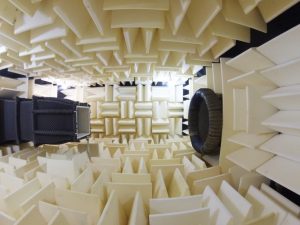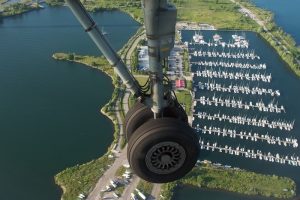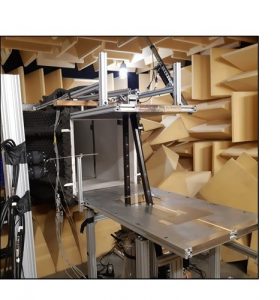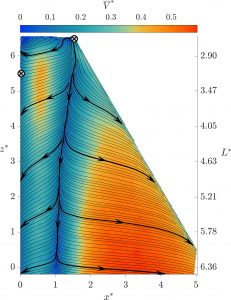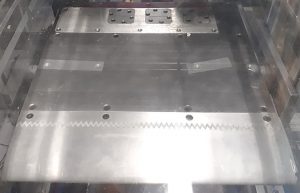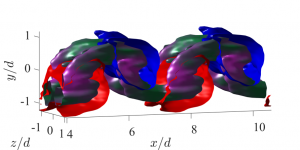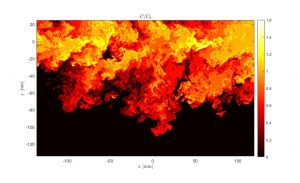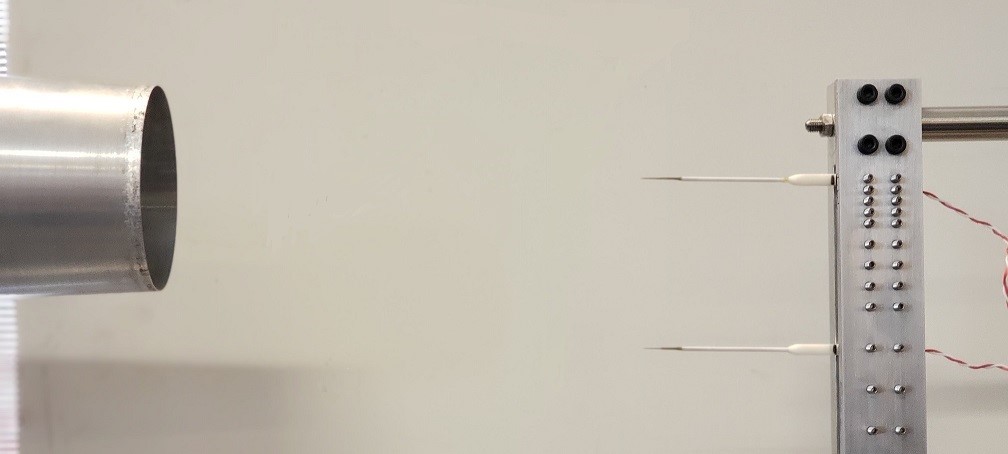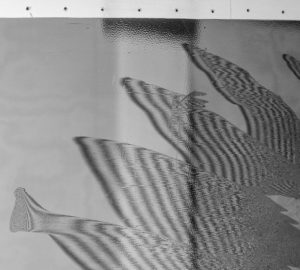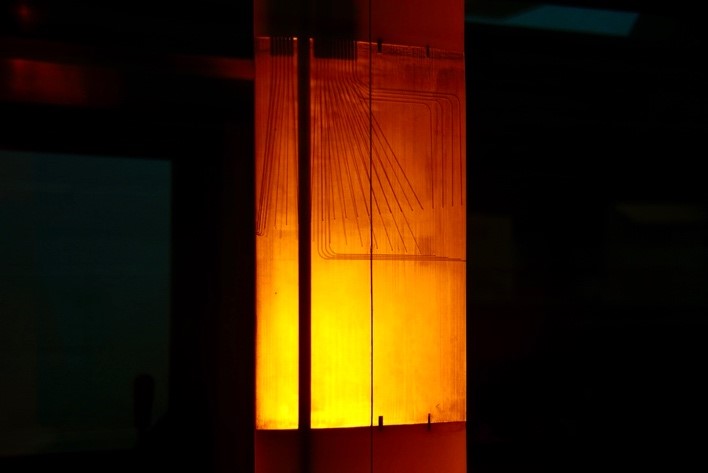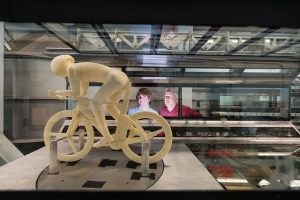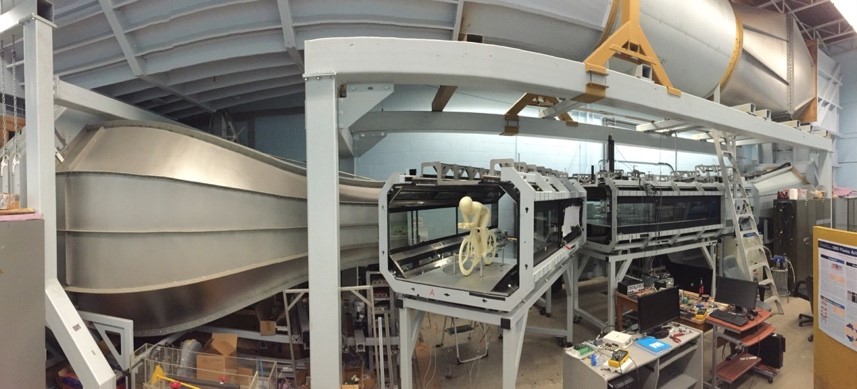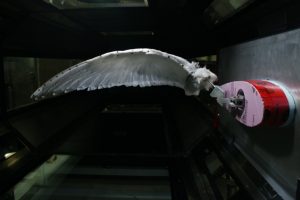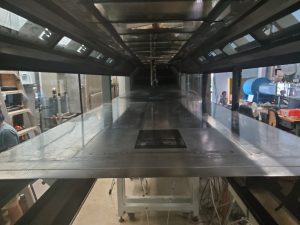Flow Control &
Experimental Turbulence Laboratory
Research
The work in the FCET lab relies heavily on experimental data obtained in our wind tunnel facilities using a number of state of the art flow diagnostic methods, including hot-wire anemometry and laser based measurement tools (e.g. PIV). Computer simulations are also an important part of the work by complementing and enhancing the experimental investigations. An overview of ongoing projects is given below.
Current Projects
Unsteady Aerodynamics of Airfoils in Periodic Streamwise Gusts at Low Reynolds Numbers
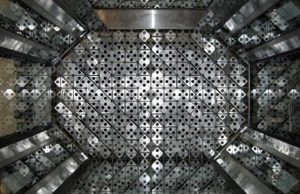
Unmanned aerial vehicles (UAVs) are increasingly being used for a wide range of applications. These vehicles often operate at low speed in urban or mountainous terrain, where wind gusts are present and can have a fundamental impact on the aerodynamic performance of the aircraft. Our research is thus concerned with the experimental investigation of the unsteady aerodynamic behavior of airfoils, when they encounter periodic streamwise gusts at low Reynolds numbers.
The project is aimed at both: a) characterizing the unsteady response of an airfoil for a wide range of laminar and turbulent gusts and b) understanding the flow physics behind the observed trends in the airfoil response. A broad range of both laminar and turbulent streamwise gusts can be produced in the wind tunnel using a state-of-the-art active grid device, which modulates the freestream flow in the working section using a series of baffles. A multi-axis load cell is used to measure the unsteady loads on a SD7003 airfoil model, while the flow physics is investigated using smoke-flow visualization and particle image velocimetry (PIV).
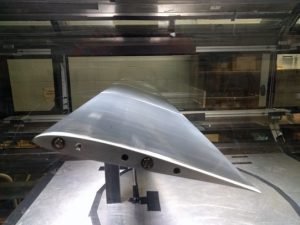
The experiments are conducted at both low angles of attack in the pre-stall regime and high angles of attack in the post-stall regime. In the former, the flow is often nominally attached with the presence of either laminar separation bubbles or mild trailing edge separation, while flow in the latter regime is fully separated.
The presence of boundary layer separation at low Reynolds number is known to affect the unsteady aerodynamic forces and moment, when compared to the fully-attached flow cases. Hence, a deeper understanding of the important flow features that affect the dynamics of the aerodynamic loads is important. Such an understanding of the flow physics will enable development of better physics-based aerodynamic models in the future that can be subsequently used for better aerodynamic, structural, and controller designs.
